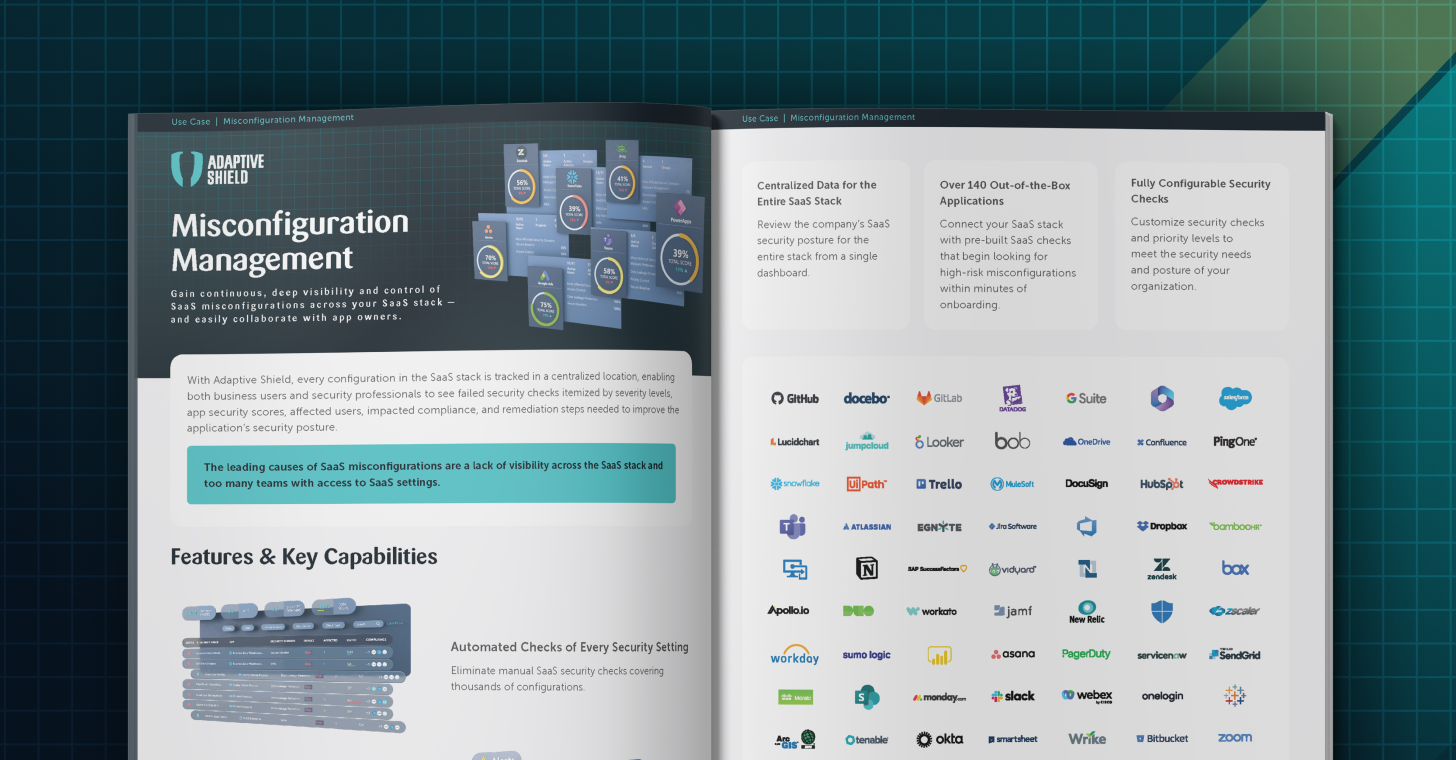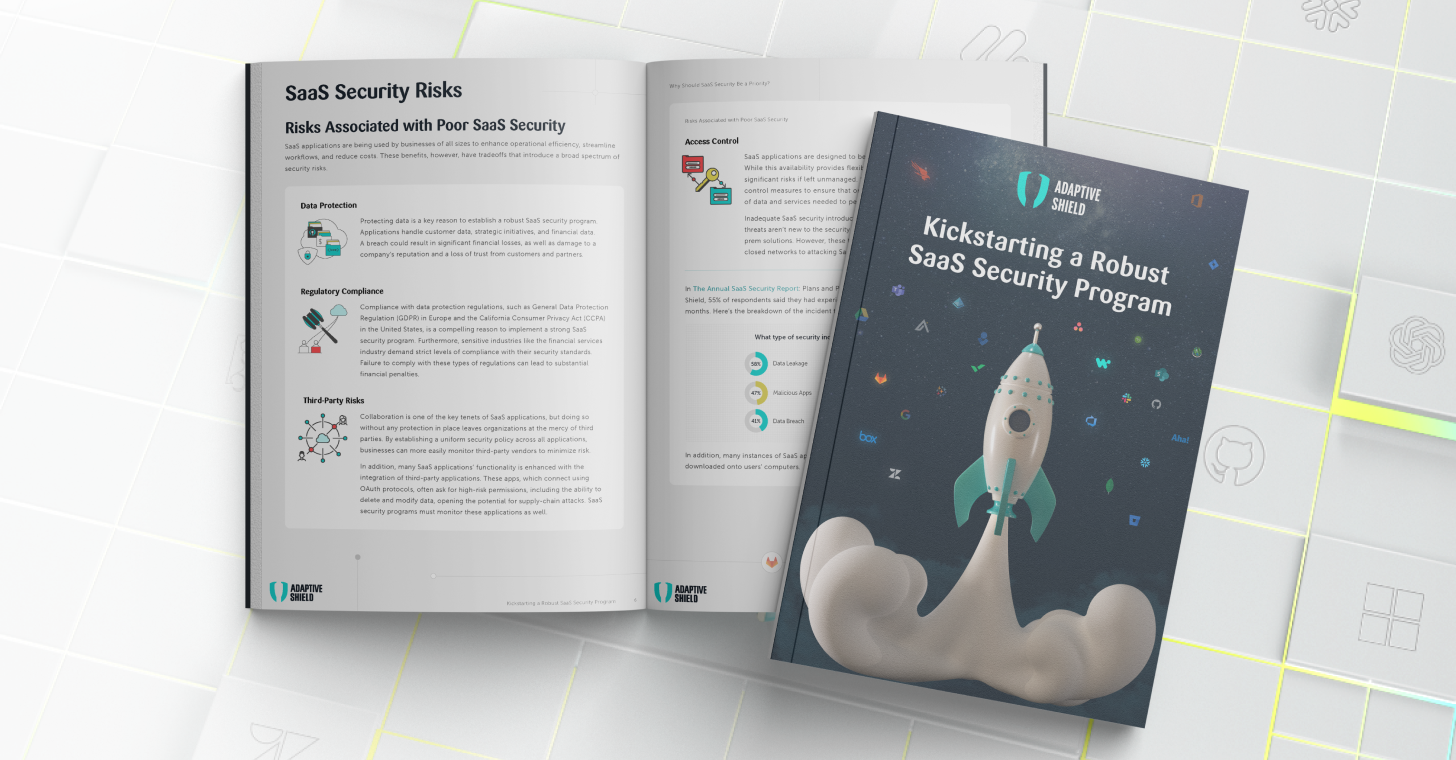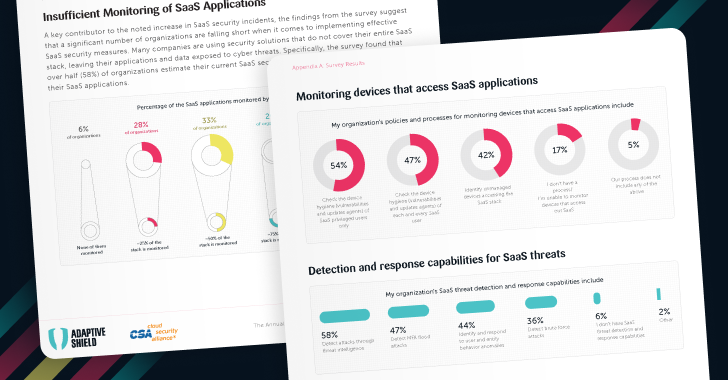SaaS (Software as a Service) misconfigurations refer to the incorrect or insecure configurations of SaaS applications and services. These misconfigurations can expose sensitive data, compromise security, and lead to various vulnerabilities that attackers can exploit.
Why Are SaaS Misconfigurations a Problem in SaaS Security?
SaaS misconfigurations pose a significant problem to SaaS security due to their potential consequences. Firstly, these misconfigurations can result in the exposure of sensitive data stored within the SaaS application. Whether it’s personally identifiable information, financial records, or trade secrets, unauthorized access to data can lead to severe consequences such as data breaches, identity theft, financial losses, and damage to an organization’s reputation.
Secondly, misconfigurations can grant unauthorized individuals access to the SaaS application or its associated resources. This unauthorized access can lead to data manipulation, unauthorized account creation, or privilege escalation within the system. Exploiting these vulnerabilities, attackers can compromise the integrity and security of the entire SaaS environment, impacting both the organization and its users.
Additionally, SaaS misconfigurations can result in compliance violations. Organizations must adhere to industry regulations and data protection standards, and misconfigurations that lead to data breaches or non-compliance can have legal ramifications, financial penalties, and reputational damage.
Moreover, misconfigurations can create security vulnerabilities that attackers can exploit. Publicly exposed APIs, weak authentication mechanisms, or insecure integrations can serve as entry points for various attacks, including injection attacks, cross-site scripting, or privilege escalation. Exploiting these vulnerabilities can compromise the SaaS environment and potentially affect other connected systems.
Misconfigurations can also hinder effective monitoring and management of the SaaS environment. Without proper logging, monitoring, and access controls, it becomes challenging to detect and respond to security incidents promptly. This delay in incident response increases the time attackers have to operate undetected and exacerbates the impact of a security breach.
Ultimately, SaaS misconfigurations can lead to reputational damage for a company. Customer trust is crucial for successful businesses, and misconfigurations that result in data breaches or security incidents can severely damage that trust. Customers may lose confidence in a company’s ability to protect their data, potentially leading to financial losses and a decline in business.
The Challenges for Securing Misconfigurations
Securing misconfigurations presents several challenges, including:
Complexity
SaaS environments can be complex, involving multiple components, configurations, and integrations. With a large number of settings and options available, it can be challenging to ensure that each configuration is properly set and maintained. The complexity increases as the scale of the SaaS environment grows, making it difficult to keep track of all configurations across different services. To add to this complexity, every app has its own language and terms, meaning security teams need to be an expert in every app in order to properly secure it.
Lack of Visibility
Misconfigurations can go unnoticed if there is a lack of visibility into the configuration settings and their impact on security. Organizations may not have adequate tools or processes in place to effectively monitor and track configurations, making it harder to identify and remediate misconfigurations in a timely manner.
Rapidly Changing Environment
SaaS environments are dynamic, with frequent updates, patches, and changes to configurations. This continuous evolution can make it challenging to maintain proper security configurations consistently. The introduction of new features or changes to existing ones may inadvertently introduce new misconfigurations, especially if security considerations are not thoroughly evaluated.
Volume of Misconfigurations
When considering the scale of an enterprise, it becomes evident that there are numerous SaaS applications in use, ranging from hundreds to thousands. Each of these applications possesses a multitude of global settings, encompassing various aspects such as file sharing permissions, mandatory multi-factor authentication (MFA), video conferencing recording permissions, and more. When factoring in the employee count, which can range from thousands to tens or even hundreds of thousands, the complexity of managing and securing these configurations becomes apparent.
The security teams responsible for safeguarding the organization must acquaint themselves with the unique rules and configurations of each application, ensuring their compliance with company policies. However, with hundreds of different application setups and tens of thousands of user roles and privileges, this task quickly becomes unsustainable.
Additionally, the challenge is further compounded by the presence of SaaS-to-SaaS applications that are integrated into the organization’s ecosystem without the knowledge or involvement of the security team. This lack of visibility and control adds another layer of complexity to securing the enterprise’s SaaS environment.





















